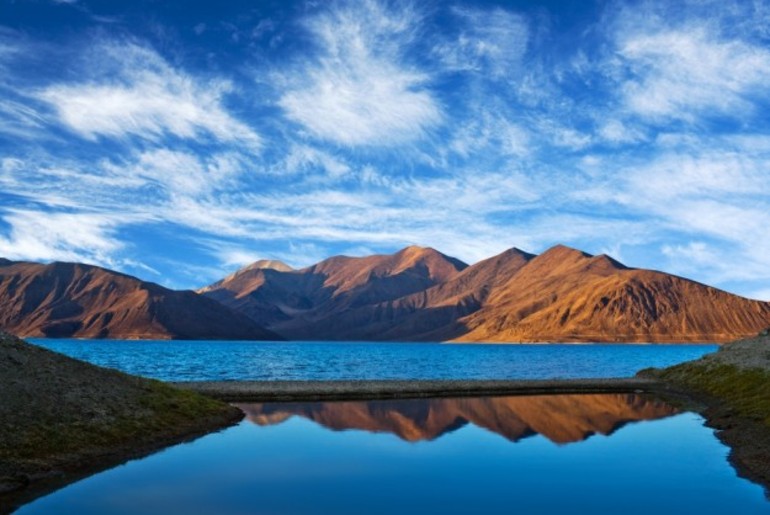India has long taken pride over Khardung La, the highest motorable road in the world. We have the annual race Khardung La Challenge, bikers, adrenaline junkies, all who plan to conquer Himalaya’s terrains. Not many know that it was dethroned in 2017 by Umlinga Top, 230 km away from Leh and closer to Indo-China border. Since the abrogation of Article 370, India is racing to increase connectivity by road before Jammu and Kashmir’s jewel is formally split into two Union Territories.
What it means
The world’s highest battlefield, Siachen glacier, is at the end of Indo-Pak LOC in northern Ladakh. By 2003, 2000 men had given in to the hardships of climate. In the last 30 years, the glacier has also significantly retreated due to human activity and waste dumping, putting rare species like snow leopards, ipex and brown bears at risk. The unforgiving terrain was deemed too difficult for heavy infrastructure to pervade in. China, however, was not having it. Reportedly, roads and even movie theatres have started operating very close to the border for Chinese military and locals in the area.
India decided to rise to the challenge with our own network starting with the world’s highest motorable road. There has been news about 250 km of roads being blacktopped in Ladakh within a month of Kashmir’s lockdown on August 5. As of now our jawans receive basic supplies from military helicopters daily. Pilots push the machine’s limits for a one minute window to drop food and other necessities. With new roads we can only hope the life of Army men is drastically improved. Or better yet, the need for it comes to an end altogether and us mortals can make it work with Nature.
Travelers rejoice
The Indian Army recently announced that the Siachen glacier will open up to civilians! Views like these are only accessible in our dreams but, maybe all our dreams will come true now that we can glide over world’s highest motorable road. Kargil will also welcome visitors to marvel and mourn peak conflict points of ’99. The Umlinga Top is 86 km tough enough for heavy machinery with murals that will leave you breathless. Quite literally, air up there is really thin! It is not for the faint-hearted (or lunged) to endure this painfully beautiful landscape with not just strained history but wounded present.
What it took
The hottest summer here is minus 10 degrees! Frost bites burn all year round as winter dips to minus 40 degrees. Oxygen levels are 50% less than where civilisation typically resides. The UN didn’t define these borders back then perhaps simply because nobody predicted such barren land could ever be fought over. They underestimated human perseverance.
Construction of the world’s highest motorable road here was no picnic either. Efficiency of not just human but also machine declines by 50%. Machine operators have to come back down every 10 minutes for a breather or risk fatal sickness. Personnel involved in the makeover faced serious health issues like high blood pressure, loss of memory and eyesight. These factors amount to great costs which were prioritized for gaining strategic advantage over the soon to be Union Territories.
What locals think
Residents of India’s most peace-giving scenery have been through tumultuous times. With development and invasion around the corner, locals fear losing land, autonomy and tranquillity. The simple hills-peeps cannot compete with capitalists taking business by storm. They worry the region will suffer from rapid commercialisation like Himachal and Uttarakhand. We all know what happened to the once serene Shimla. People looking for work, home or hills will all flock to the scarcely populated land. The locals will have to settle for employment by others in their own homeland. Most importantly, the purity travellers seek will be lost in air and noise pollution. Since the centre will be making decisions for the Union Territories, the people are most certainly afraid of how well Delhi understands the lands far away.
No one really knows what’s going to happen besides the fact that maps will have to be redrawn. People hope the Kashmir siege would end in five days but, it’s been more than fifty. We hope for peace in the region and in the country so that people can once again unite and do what matters: travel, eat and make merry! Life is too short and no one knows it more than Indians up north.

